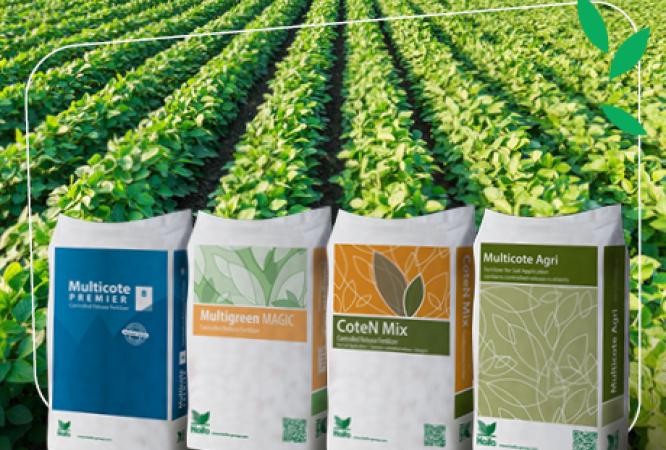Step 1: Perform a soil test measuring ppm units. The most important two elements are the phosphorus (P) and potassium (K) totals.
Step 2: According to the plant needs, decide which element is more crucial to be supplied to the crop being grown, so as to determine the specific NPK ratio mix.
Step 3: In tables 1 and 2, according to soil test results and the crop, identify if the specific soil type falls in the low, optimum or high category.
Step 4: In relation to the specific soil type category indicated in Tables 1 and 2, identify the Haifa Turbo-K™ application rate.
Stage 5: According to the application rate indicated in Table 3, calculate the amount of Haifa Turbo-K™ to be applied.
Example:
-
Potassium (K) soil test results for a loamy soil are 160 ppm. The crop being grown is tomato.
-
As indicated in Table 2, this is an optimum level.
-
From table 3, the application rate is 101 kg per hectare.
-
To calculate the amount of Haifa Turbo-K™ to be applied based on a N-P2O5-K2O formulae of 14 -14 -17 proceeds as follows:
• (Recommended application rate) ÷ (% K2O in Haifa Turbo-K™ formula) x 100kg = the amount of Haifa Turbo-K™ to be applied (kg per hectare)
• 101 ÷ 17 x 100 = 594 kg per hectare (rounded to 600kg= 24 bags)





